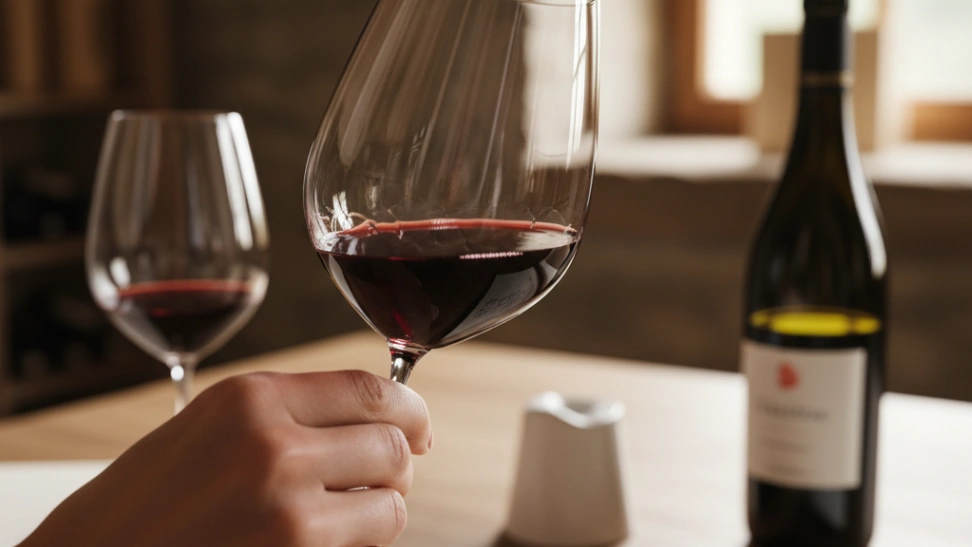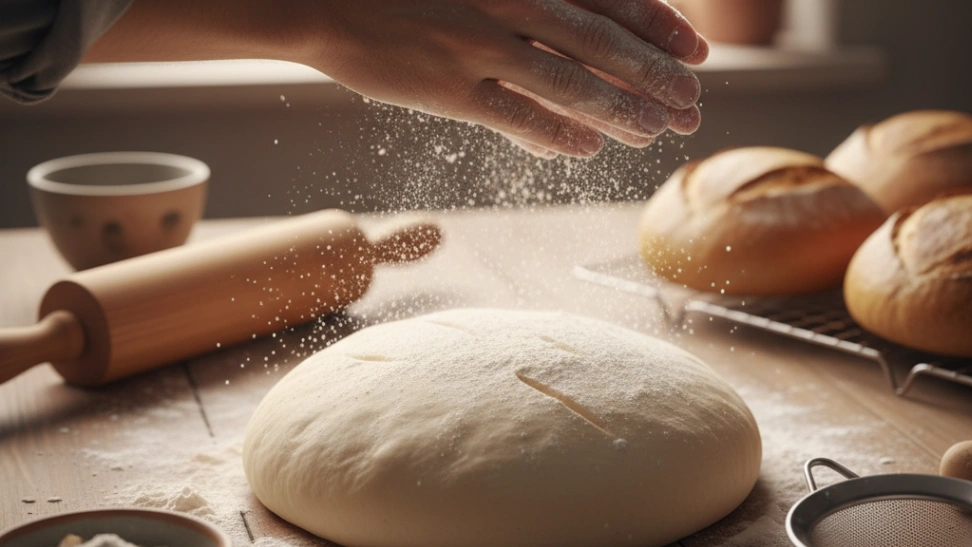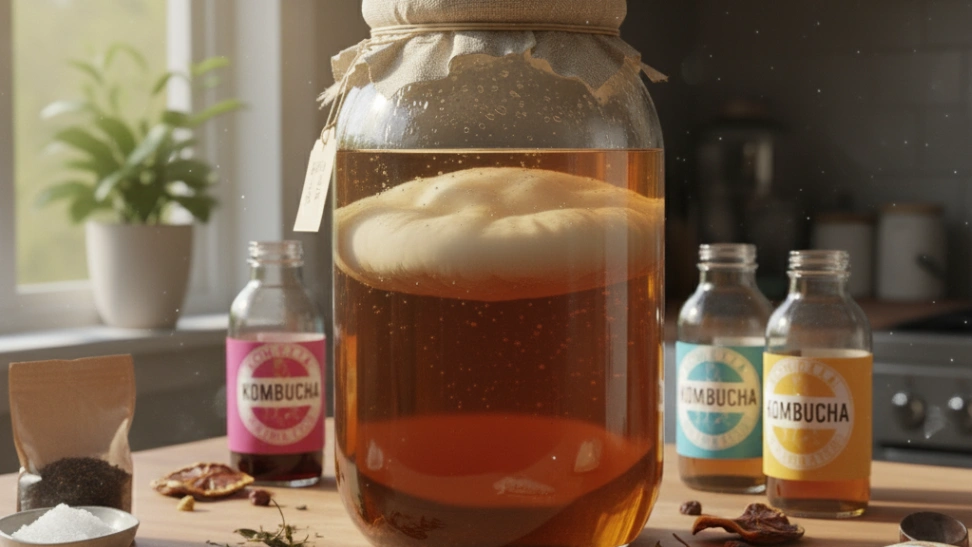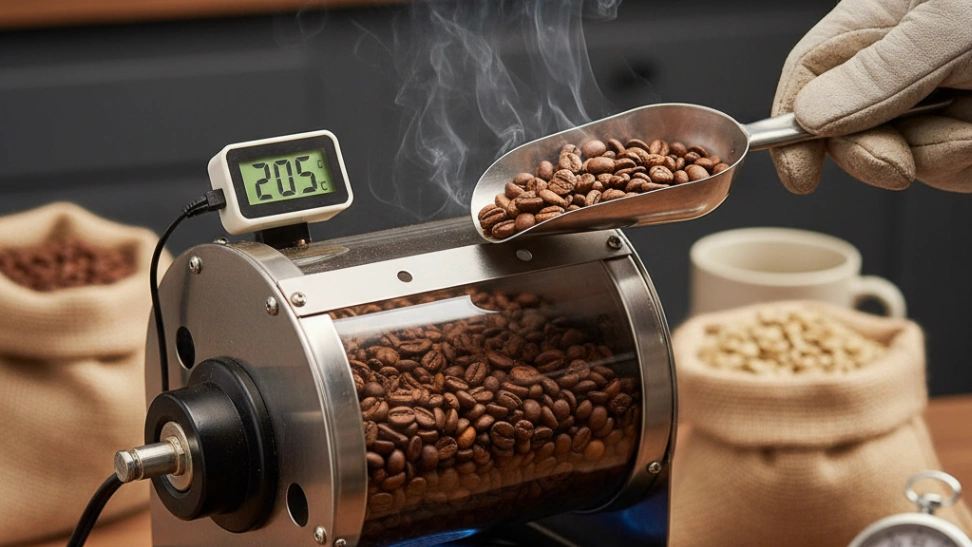The history of wine and, by extension, wine tasting, stretches back millennia. The earliest evidence of winemaking dates to around 6000 BCE in Georgia, with archaeological finds showing viticulture spreading across the Near East, into ancient Greece and Rome. These early civilizations valued wine not only for its intoxicating effects but also for its cultural, religious, and medicinal significance. While the process was rudimentary compared to modern standards, the fundamental act of evaluating wine’s quality and characteristics likely began as soon as humans started producing it. Ancient texts from Egypt and Mesopotamia contain references to different types of wine and their perceived values. The Romans, in particular, were meticulous record-keepers, often noting the vintage and region of their preferred wines, signaling an early form of wine appreciation. The monastic orders during the Middle Ages played a crucial role in preserving and refining winemaking techniques, especially in Europe, leading to the development of many of the regions we recognize today. However, the formalization of wine tasting as a distinct discipline, with structured methodologies and a specific vocabulary, largely emerged in the 17th and 18th centuries in France, particularly in Burgundy and Bordeaux, as vineyards gained prominence and a more sophisticated market for fine wines developed. This evolution continued into the modern era with scientists and sommeliers developing the systematic approaches we use today to categorize and describe wine.
The core process of wine tasting involves three primary stages: sight, smell, and taste. The visual assessment begins by observing the wine's color, clarity, and viscosity, which can offer clues about its age, grape varietal, and alcohol content. Swirling the wine in the glass allows oxygen to interact with it, releasing aromatic compounds. The olfactory stage, often considered the most critical, involves sniffing the wine to identify its primary aromas (from the grape), secondary aromas (from fermentation), and tertiary aromas (from aging). These can range from fruits and flowers to spices, earthy notes, and even minerals. Finally, tasting the wine involves taking a small sip, letting it coat the palate, and focusing on elements such as sweetness, acidity, tannin, alcohol, body, and flavor profile. The 'finish,' or the lingering sensation after swallowing, also contributes to the overall assessment. Each stage builds upon the last, painting a comprehensive picture of the wine's identity.
Beyond the technical aspects, wine tasting offers a fascinating exploration into the diversity of the world. Every bottle tells a story of its origin—the soil, climate, and human touch that shaped it. Learning about different grape varietals like Cabernet Sauvignon, Pinot Noir, Chardonnay, or Riesling, and understanding how they express themselves in different regions, such as Bordeaux, Tuscany, Napa Valley, or Marlborough, adds layers of intellectual engagement. Factors like vintage, oak aging, and bottle age contribute further to a wine's complexity. This ongoing discovery makes wine tasting a perpetually engaging hobby, as there is always something new to learn, a new region to explore, or an unfamiliar varietal to experience. The interplay of science (understanding viticulture and enology) and art (interpreting sensory experiences) keeps enthusiasts continuously curious.
Moreover, wine tasting is inherently social and educational. It's an excellent way to connect with others, whether through formal tasting groups, informal gatherings with friends, or visits to wineries. Sharing a bottle, discussing perceptions, and comparing notes can deepen friendships and create memorable experiences. Many educational opportunities exist, from online courses and books to certifications like those offered by the Wine & Spirit Education Trust (WSET). These structured learning paths provide a framework for understanding and articulating wine knowledge, enhancing the tasting experience. Ultimately, wine tasting is a versatile hobby that can be enjoyed solo in quiet contemplation or as a vibrant group activity, enriching one's palate, broadening cultural horizons, and providing a lifetime of learning and enjoyment.



